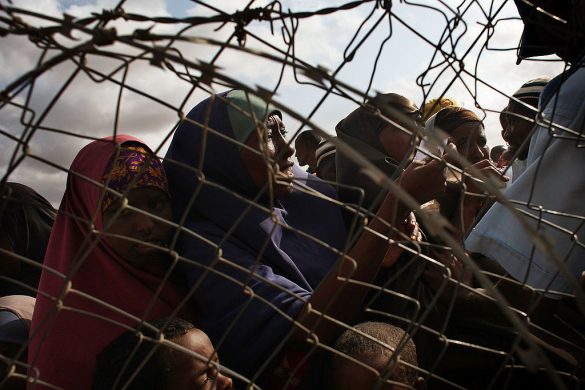GENEVA, 23 October, 2017 (WHO): Following the confirmation of a case of Marburg Virus Disease (MVD) in Kween district Eastern Uganda by Ministry of Health (MoH) and the activation of the National Response Team, the WHO Rapid Response team from the country office was able to reach the epicentre within 48 hours and is currently supporting national and district authorities to contain the outbreak.
Kween, a mountainous district with poor road network borders The Republic of Kenya and the people in both countries are closely related making cross-border transmission a real possibility.
Therefore, notification has been sent by the WHO Regional Office for Africa to the authorities in Kenya to be on high alert in case of a spillover. MVD resembles Ebola Virus Disease in terms of transmission and presentation meaning its containment is a race against time for local and international health workers currently battling the outbreak.
For the WHO team, one urgent intervention has been to set up an isolation unit at Kapronron Health Center IV whose catchment area covers the epicentre and where the confirmed and suspected case were residing.
This has also involved briefing the staff on MVD, orienting them on the proper use of Personal Protective Equipment (PPE) and giving psychosocial support to some staff who are scared and anxious.
The staff have been organized into teams and shifts and put on full alert and standby for possible new cases.
The MoH has availed ambulances and transport vehicles to evacuate case(s) from wherever they occur in the district.
47 personer bliver overvåget
Surveillance, contact tracing and listing as well as active case search are going on undertaken by health workers from the MoH and the district health team with guidance and support from WHO.
As of 21st October, the team had listed 47 contacts who are being monitored and followed up daily for support and care should they develop sign and symptoms.
So far, there is one confirmed case, a 50-year-old lady, who died and one suspected case, her brother a hunter who she cared for while sick and later died with sign and symptoms consistent with MVD.
The major challenge for the team has been locating a high risk suspected case – a brother to the confirmed case who transported her to the hospital and the body back home for burial who disappeared on learning that he was needed for monitoring.
Teams are actively searching for him with assistance for family and community members and the authorities.
There was also the challenge of the 2-year-old child who died in hospital and had MVD-like signs and symptoms but has since been confirmed not to be linked to the confirmed or suspected case.
Nøglepersoner i lokalsamfund underrettes
WHO is also supporting community engagement in six high-risk counties through the District Social Mobilization Team and Village Health Teams (VHTs) that have been oriented on MVD to undertake community engagement activities at individual, family and community levels.
Religious leaders, clan heads, head teachers of schools in high-risk areas, security forces, taxi operators and ‘boda-boda’ riders have been identified as influential in the response and will be targeted in subsequent days.
Luckily, the people of Kween are responding positively to the response efforts, participating and offering support wherever possible.
The major challenge has been accessing communities at risk due to the terrain and poor road network worsened by the seasonal rains.
Additionally, WHO, UNICEF, CDC, Red Cross and MSF France are currently the only organizations on ground supporting response activities coordinated by the Chief Administrative Officer (CAO) and the Ministry of Health making participation by other partners another glaring gap.















